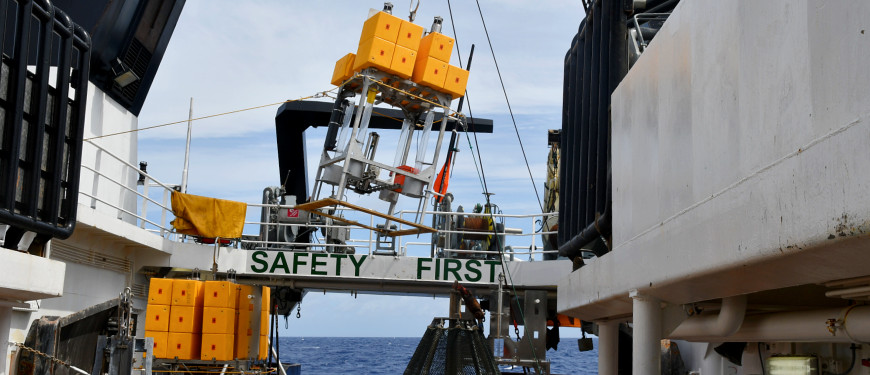Recovery artefacts associated to sampling at the extreme pressure and cold temperature at hadal depths confound onboard investigations of microbial performance and biogeochemical processes.
Thus, the HADAL team deploys instruments for investigations directly at the sea-bed. These so-called landers are 3-4 m tall, and weigh about 1 tonne. Depending on the specific research question, each lander is equipped with customized instrumentation for performing measurements, conducting experiments and/or recovering samples.
Landers are typically deployed for 1- 3 days days. Once released from the ship, they sink with about 40 m/min until they touch down at the ocean bed. Here, they realize their pre-programed mission before receiving an acoustic signal from the research vessel, prompting the release of their ballast. Buoyant material ensures a landers return to the ocean surface where it is located with radiotransmitters and GPS tracking and taken onboard the ship.
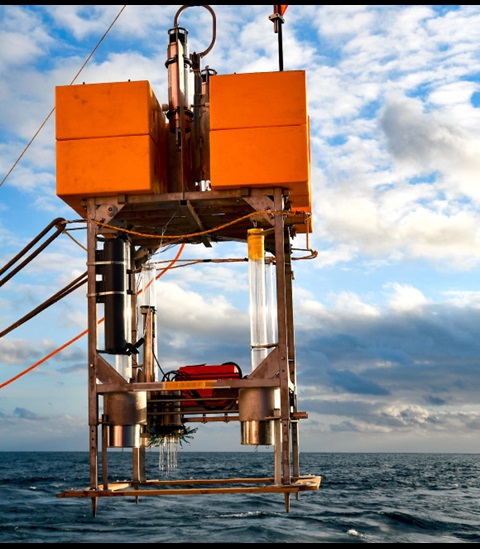
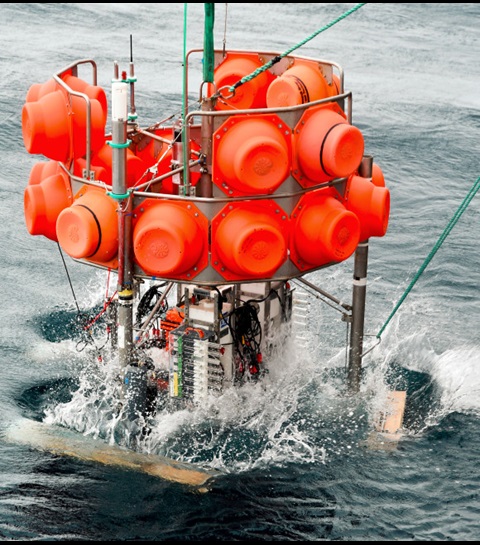
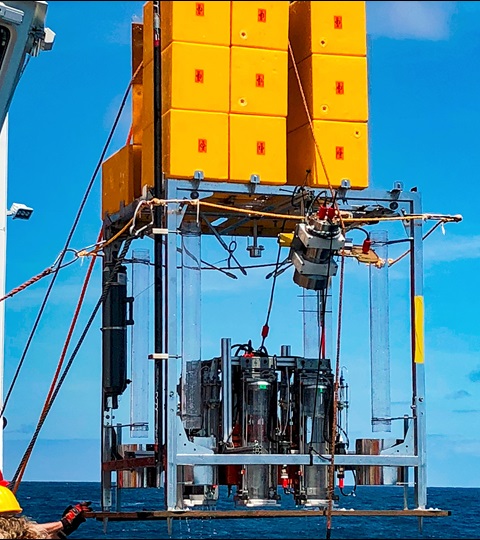
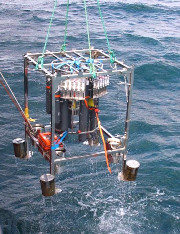
In addition to investigations of microbial processes and element cycling, we also use cameras and traps to explore the biology and biogeography of higher fauna.
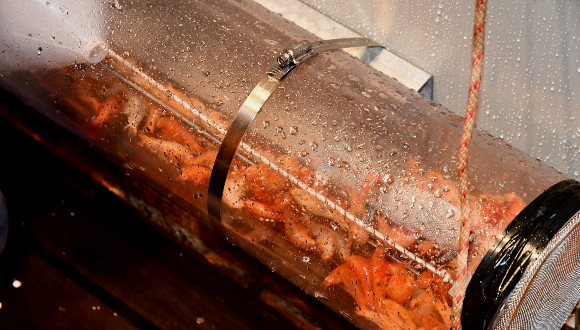
During our next HADAL expedition to the Japan Trench, scheduled for Fall 2021, we will use an array of moored instrument to explore the seasonal material deposition and water movements during a one year deployment. This will enable us to understand how material transport is linked to seismic activity and surface production.
The vision of HADAL is based on the foundation of the HADES project, also led by Professor Ronnie N. Glud and funded by the European Research Council via an Advanced Grant (Jan 2016 - Dec 2021).
